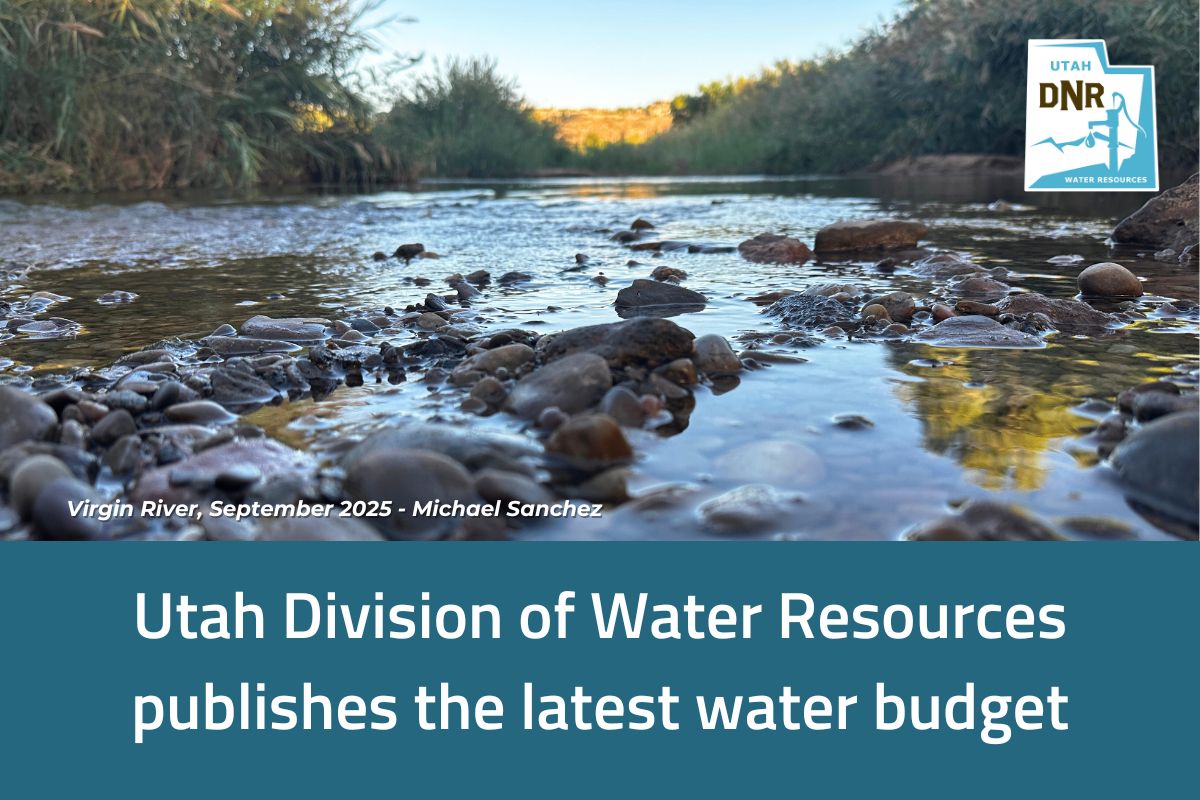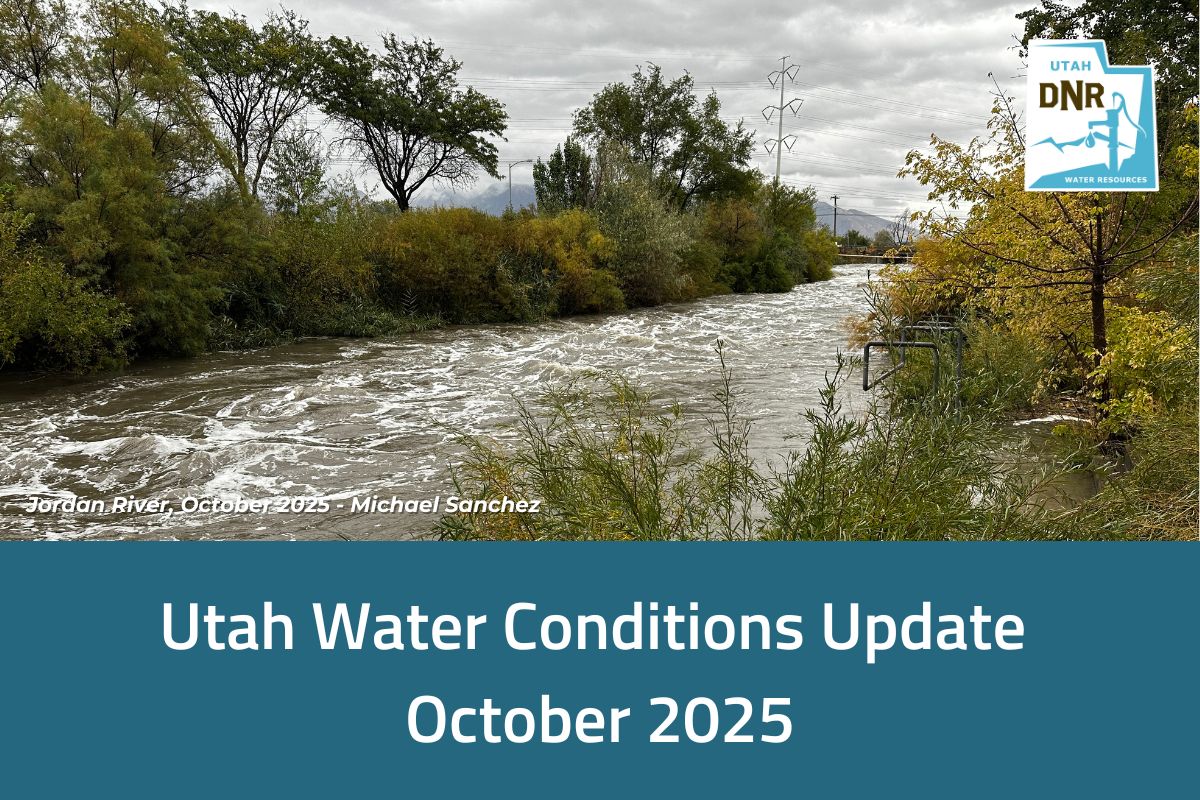SALT LAKE CITY (May 15, 2023) – The Utah Division of Water Resources’ Weekly Lawn Watering Guide, continues to provide valuable guidance to residents. This past week, an additional, Low Water Use Guide was added alongside the traditional guide which includes recommendations specifically for lower water use grass varieties.
With the arrival of spring, the division is once again ramping up its efforts to provide resources that help foster wise water use across the state. Since its launch, the guide has helped residents avoid overwatering their lawns and conserve the state’s limited water resources. The resource provides customized weekly recommendations based on local weather conditions and other factors that impact water usage. The low-water-use lawn guide is a great resource for those who have planted low-water use lawn varieties. This guide also works for those interested in simply maintaining lawn health vs. appearance during the summer heat. For more information on lawn dormancy, check out the “Is your Lawn Dead or Dormant” publication by USU Extension.
Shelby Ericksen, the water conservation manager for the Utah Division of Water Resources, spoke about the continued importance of the initiative, saying, “Utah will continue to be one of the driest states in the country and water conservation remains critical to our long-term sustainability. The Weekly Lawn Watering Guide and Low Water Use Guide are essential tools for residents to make informed decisions about their lawn watering habits and ultimately help conserve our precious water resources.”
Both guides take factors into account such as temperature, precipitation, wind and soil moisture to provide customized watering recommendations for each week on a county-wide level. Residents can stay up to date on the division’s website and social media accounts.
“We know that many residents may not be aware of the amount of water they use on their lawns or the long-term impact it can have on our water resources,” added Ericksen. “By providing easy-to-use recommendations, we hope to empower residents to make a positive difference in water conservation efforts and the overall resource resiliency in our state.”
The Utah Division of Water Resources encourages residents to continue using the Weekly Lawn Watering Guide or the Low Water User Guide depending on grass type. Residents should adopt other water-saving measures too, such as fixing leaky faucets, taking advantage of statewide rebates for toilet replacement and smart irrigation controllers, and checking out statewide landscape conversion incentives through UtahWaterSavers.com.
For more information on the Weekly Lawn Watering Guide and other water conservation initiatives in Utah, see the conservation portion of the Utah Division of Water Resources website.
###
For more information, contact Michael Sanchez, public information officer, at 385-226-8967 or email msanchez@utah.gov.
The Utah Division of Water Resources is one of eight divisions and two offices housed within the Department of Natural Resources. Tasked with planning, conserving, developing and protecting Utah’s water resources, the division serves as Utah’s water steward.




